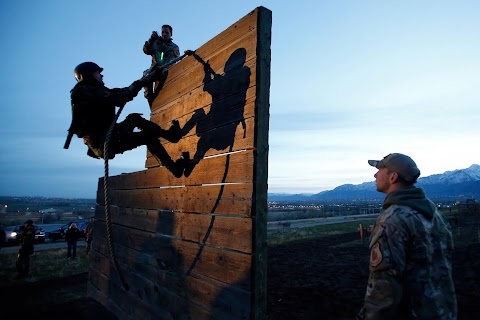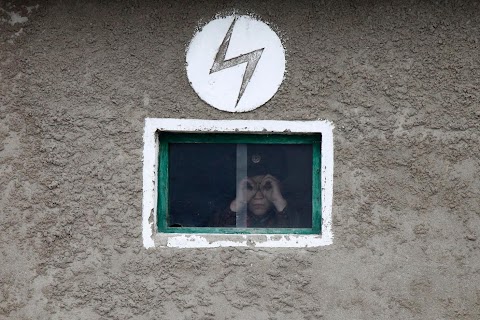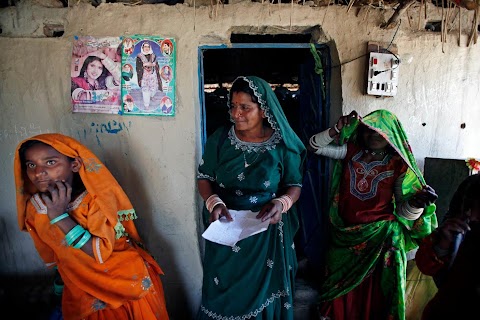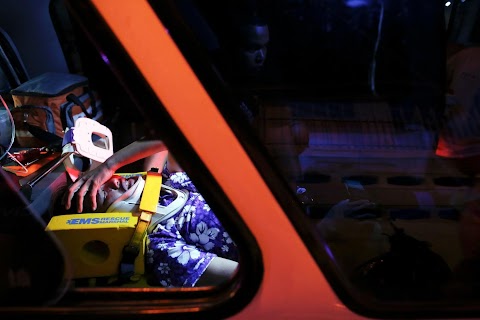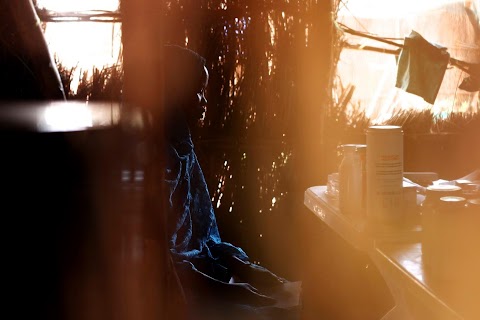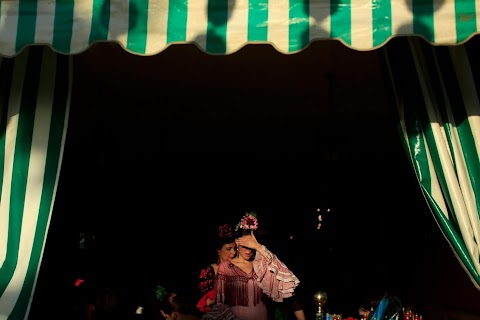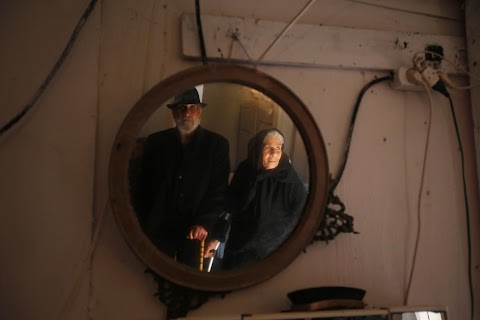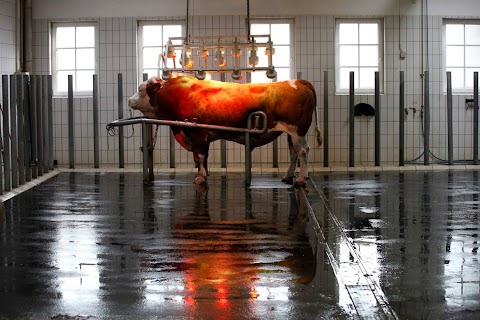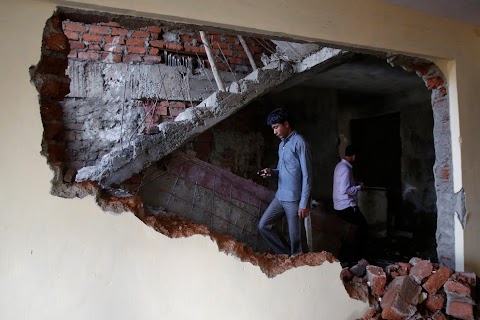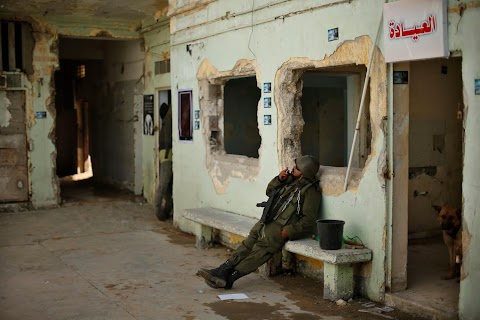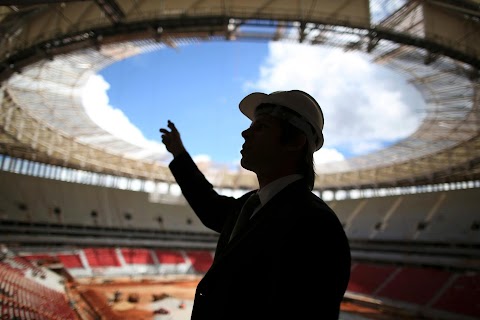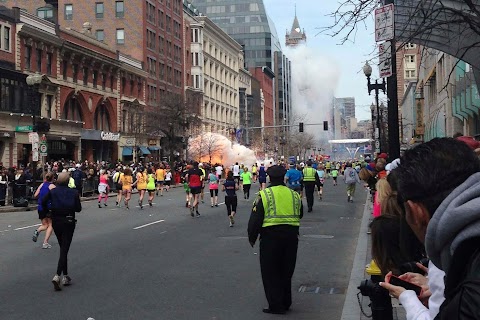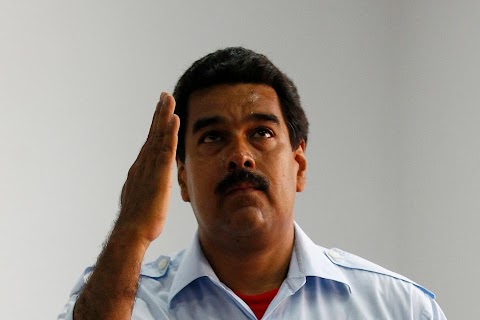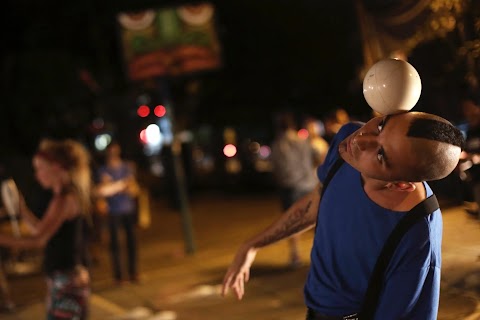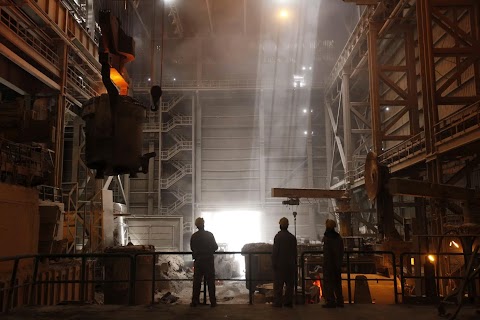
Hot out of the furnace
 Amr Abdallah Dalsh
Amr Abdallah Dalsh
Light streams through a factory belonging to Ezz Steel - the largest producer of the metal in Egypt.
Reuters photographer Amr Abdallah Dalsh went to document the process of steel being manufactured at the plant, which employs over 1,000 people in Sadat City, a major industrial centre north of Cairo.
Slideshow

Steel workers' faces glow with orange light as they stand next to a furnace at the factory.

Flames shoot up as employees operate a furnace.

Engineers monitor screens as production goes ahead.

A worker watches molten iron being poured into a container

A furnace glows red hot.

A worker walks past rows of steel rods.

Rods stand stacked together in a pile.
“The fire was so powerful, I could feel the fear of mortality too.”
For a long time I have wanted to shoot pictures of steel production in Egypt. The images I meant to take were fixed in my mind: I could just imagine the huge, glowing furnaces and the hot metal.
More precisely than that, I wanted to shoot pictures of an Ezz steel factory, because when you talk about steel here you’re normally talking about Ezz – the biggest producer in the country. What did it look like, I wondered? And what about the people working there?
But I never found the moment to document this story and then, of course, the revolution came to Egypt. After that there wasn’t much time to cover special features - in Cairo we were often out in the streets covering clashes instead.
Now, a couple years later, at last I did make time to shoot pictures of the steel factory. And, in fact, the project didn’t take me so far away from covering the unfolding story of the revolution either - Ahmed Ezz, the former owner of Ezz Steel Co, was a very important man in the Mubarak regime, and he was recently given a jail sentence and a large fine for corruption. Steel and politics came together.
As I covered this assignment, I went to photograph the Ezz factory in Sadat City, a place full of industrial plants and workers.
After entering the factory I had to put on protective gear, including a helmet and a special white coat. The danger there was serious, but in fact I think I looked pretty funny in my outfit. My daughter saw pictures of it later and said I looked like a doctor with a camera.
Once I got inside the factory and found myself by the furnaces, the atmosphere was incredibly hot and also unbelievably loud – the journalist who accompanied me, the engineer and I could barely hear one another over the noise.
Despite this fiery atmosphere, the workers seemed happy, and, what’s more, they struck me as quite religious. I noticed that while I was there several of them went off to perform afternoon prayer. I thought that perhaps, as they saw these huge flames every day, they must always be thinking about the next life. The fire was so powerful, I could feel the fear of mortality too.
Looking back on it now, I’m very happy with how the assignment went. The images of the huge flames and the glowing metal, which once were just in my head, are now caught on my camera as well.
(Reporting by Amr Abdallah Dalsh; Writing by Hannah Vinter)
